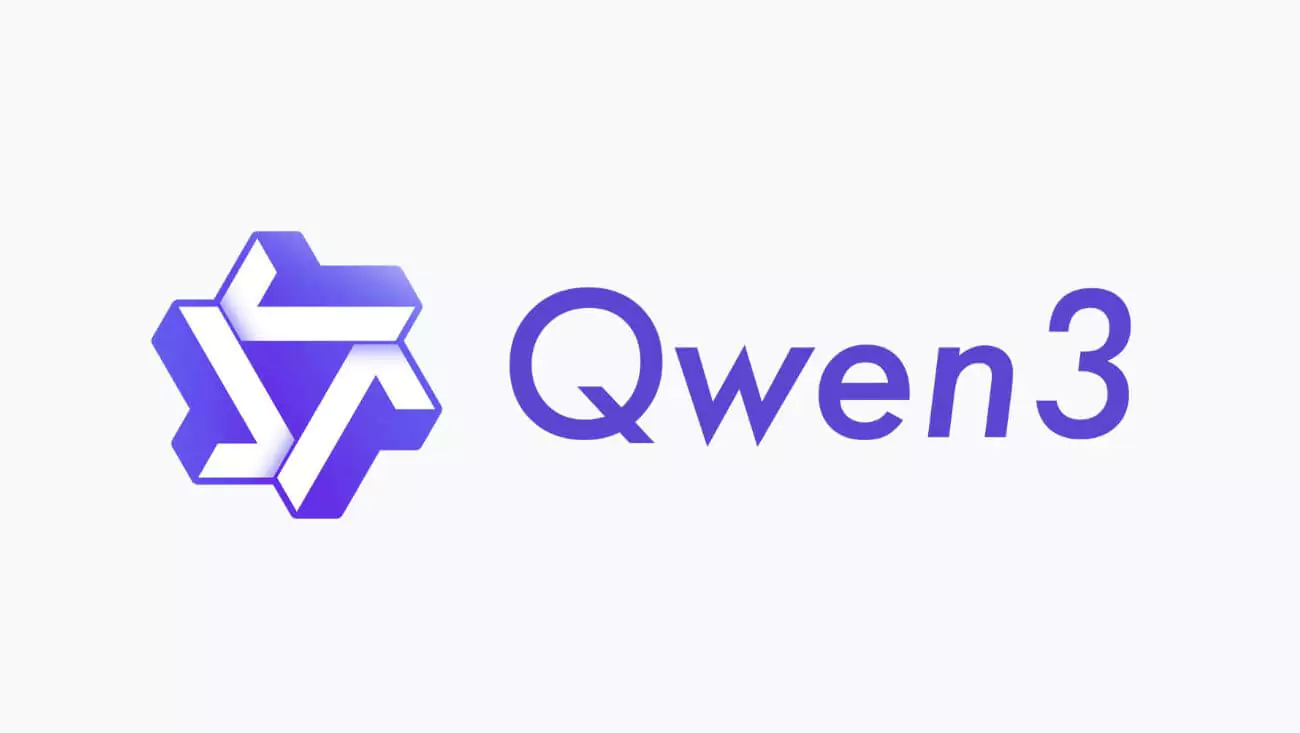April 29, 2025 – Alibaba has unveiled its Qwen3 AI model series, a groundbreaking open-source family that outperforms OpenAI’s o1 and DeepSeek R1 in key benchmarks, signaling China’s growing dominance in the global AI race. With advanced hybrid reasoning capabilities, the Qwen3 series offers a versatile range of models, from 0.6 billion to 235 billion parameters, positioning Alibaba as a major player in the competitive AI landscape. This launch underscores the rapid advancements in digital innovation, as tech giants worldwide vie for leadership in artificial intelligence.
The Qwen3 family, developed by Alibaba Cloud, includes eight models—two mixture-of-experts (MoE) models and six dense models—designed to tackle a wide array of tasks. A report from VentureBeat highlighted that the flagship Qwen3-235B-A22B model excels in coding and math reasoning, surpassing OpenAI’s o1 and DeepSeek R1 on benchmarks like Codeforces and the AIME math test. Qwen3’s hybrid reasoning approach allows it to switch between deliberate problem-solving for complex queries and quick responses for simpler tasks, a feature that enhances its utility across industries. This adaptability aligns with Alibaba’s focus on addressing ethical AI concerns, ensuring models are both powerful and responsible.
Introducing Qwen3!
We release and open-weight Qwen3, our latest large language models, including 2 MoE models and 6 dense models, ranging from 0.6B to 235B. Our flagship model, Qwen3-235B-A22B, achieves competitive results in benchmark evaluations of coding, math, general… pic.twitter.com/JWZkJeHWhC
— Qwen (@Alibaba_Qwen) April 28, 2025
Qwen3’s launch intensifies competition among Chinese tech firms, particularly after DeepSeek’s recent advancements. A TechCrunch article noted that the series’ open-weight availability, with the largest public model, Qwen3-32B, rivaling proprietary models like Google’s Gemini 2.5 Pro, makes it a game-changer for developers globally. Qwen3 excels in tool-calling and structured output generation, such as producing JSON code with step-by-step explanations, and is accessible through cloud providers like Fireworks AI and Hyperbolic. Alibaba’s open-source strategy under the Apache 2.0 license fosters collaboration, a move that could accelerate AI development worldwide, similar to trends seen in social platform innovations.
Key Highlights of Qwen3 and Its Impact
Here’s a summary of Qwen3’s features and significance:
- Model Range: Eight models, from 0.6B to 235B parameters, including two MoE models.
- Performance: Outperforms OpenAI’s o1 and DeepSeek R1 in coding, math, and reasoning benchmarks.
- Capabilities: Hybrid reasoning, advanced tool-calling, and structured data generation.
- Availability: Open-weight models for download, with cloud access via providers like Fireworks AI.
Qwen3 builds on the foundation of Alibaba’s earlier models, Qwen2 and Qwen2.5, with notable improvements in reasoning and efficiency. It was reported that the flagship Qwen3-235B-A22B model edges out OpenAI’s o3-mini on the BFCL test, which evaluates reasoning capabilities, while also delivering superior performance in multimodal tasks. While most Qwen3 models are open-source, the 235B model remains proprietary, reflecting Alibaba’s dual strategy of fostering collaboration and targeting high-end enterprise applications. This approach could give Alibaba an edge in both developer communities and commercial markets, a balance also critical in digital content creation.
The launch of Qwen3 comes at a crucial time for China’s AI sector, which is navigating both rapid growth and significant challenges. Alibaba Cloud’s $53 billion investment in AI infrastructure over the next three years highlights its commitment to global leadership, despite U.S. restrictions on advanced chip access that hinder large-scale model training. Qwen3’s ability to handle coding, math, and potentially multimodal tasks like text and image processing positions it as a versatile tool for developers and businesses, from startups to enterprises. However, geopolitical tensions and regulatory hurdles remain, as Chinese firms face increasing scrutiny over data privacy and security, issues also impacting global tech ecosystems.
Globally, Qwen3’s open-source availability could democratize access to advanced AI tools, enabling developers in regions with limited resources to innovate. The Qwen3-32B model, in particular, offers a cost-effective alternative to proprietary models, potentially disrupting the dominance of Western AI giants like OpenAI. At the same time, Alibaba’s proprietary flagship model targets enterprise clients, positioning the company to compete with both open-source and closed-source rivals. This dual approach could reshape the AI landscape, fostering innovation while addressing the growing demand for scalable, efficient AI solutions.
Alibaba’s Qwen3 series launch marks a pivotal moment in the global AI race, showcasing China’s technological prowess and challenging the dominance of Western AI models. As Qwen3 gains adoption, its impact on developers, businesses, and the broader AI community will become clearer, potentially setting new standards for reasoning and versatility in AI. The coming years will test Alibaba’s ability to navigate geopolitical challenges and maintain its momentum in this fiercely competitive field. What’s your take on Qwen3’s potential to redefine AI innovation? Can Alibaba sustain its lead against OpenAI and DeepSeek? Share your thoughts in the comments, and let’s explore the future of AI development.







